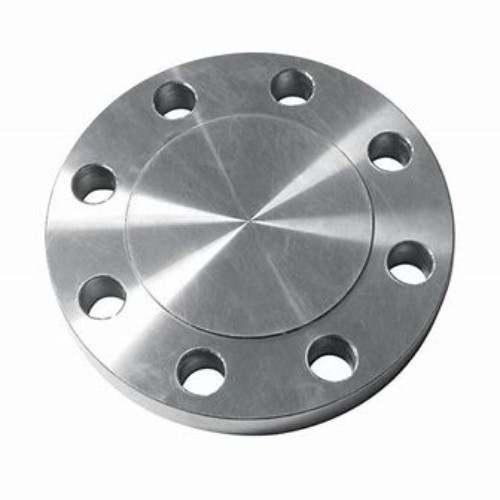Exploring Different Types of Flanges and Their Applications in Engineering
Understanding Flange Types An Essential Guide
Flanges are critical components in various piping systems, providing a reliable means of connection and support for pipes, valves, and other equipment. They play a vital role in ensuring the integrity and performance of fluid transportation systems across numerous industries, including oil and gas, water treatment, power generation, and chemicals. Understanding the different types of flanges available is essential for engineers, designers, and technicians engaged in the design, installation, and maintenance of these systems.
What Are Flanges?
A flange is a mechanical component that enables two parts to be joined together. They can be made from various materials, including metals like steel, stainless steel, and plastic, depending on the application requirements such as pressure, temperature, and corrosion resistance. Flanges are typically used in conjunction with gaskets and bolts to create a secure, leak-proof seal.
Common Flange Types
1. Weld Neck Flanges These flanges are characterized by their long neck, which is welded to the pipe. They provide a smooth transition between the pipe and the flange, minimizing turbulence and stress concentrations. Weld neck flanges are ideally suited for high-pressure applications.
2. Slip-On Flanges As the name suggests, slip-on flanges are designed to slip over the pipe's end before being welded. They are easier to align and position than weld neck flanges, making them a popular choice for many applications, although they are generally limited to lower pressure systems.
flange types

3. Blind Flanges These flanges are used to close off a piping system or an end of a pipe. With no opening in the center, they are vital for maintenance and inspection processes, allowing quick access for temporary termination of flow.
4. Socket Weld Flanges These flanges are designed to be used with pipes that are not more than a crank of 3 inches. A pipe is inserted into the flanged end and welded around the top, providing a strong, rigid connection. They are typically used in high-pressure systems due to their strength.
5. Threaded Flanges Featuring internal threads, these flanges can be screwed onto the pipe. They are perfect for situations where welding is not feasible, such as when working with materials that are sensitive to heat. Threaded flanges are best suited for lower pressure applications.
6. Lap Joint Flanges These flanges consist of two parts a stub end and a loose flange. The stub end is welded to the pipe while the loose flange can be freely placed over the stub end. This type is useful in applications where frequent disassembly is necessary.
7. Orifice Flanges Specifically designed for measuring flow rate in a pipe, orifice flanges come with built-in orifice plates. They are crucial for flow measurement systems and help simplify installation.
Conclusion
Choosing the right type of flange is essential for the performance and reliability of a piping system. Factors such as pressure, temperature, the type of fluid, and maintenance requirements should all be considered when selecting flanges. By understanding the unique characteristics and applications of various flange types, engineers and technicians can better design systems that are safe, efficient, and durable. Whether you are developing a new pipeline or maintaining an existing system, knowledge of flange types is an invaluable part of the process, ensuring that the infrastructure can withstand operational demands while minimizing the risk of leaks and failures. Proper flange selection not only aids in the safety and efficiency of fluid systems but also contributes to the longevity and reliability of the entire infrastructure.
-
The Key to Fluid Control: Exploring the Advantages of Ball Valves in Industrial SystemsNewsJul.09,2025
-
The Versatile World of 1, 2, and 3 Piece Ball ValvesNewsJul.09,2025
-
Stainless Steel Ball Valves: The Ideal Choice for Efficient Flow ControlNewsJul.09,2025
-
Optimizing Fluid Control with Ball Float ValvesNewsJul.09,2025
-
Manual Gate Valves: Essential for Control and EfficiencyNewsJul.09,2025
-
Everything You Need to Know About Butterfly ValvesNewsJul.09,2025
-
The Versatility of Wafer Type Butterfly ValvesNewsJul.08,2025




